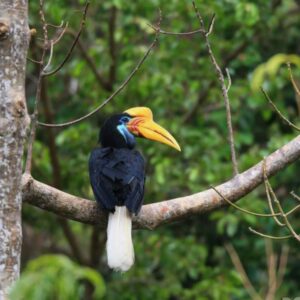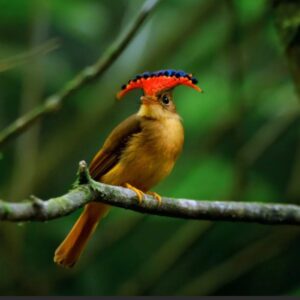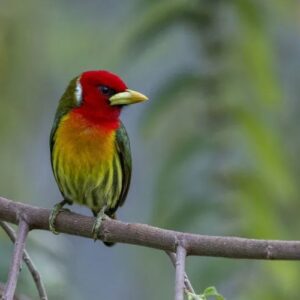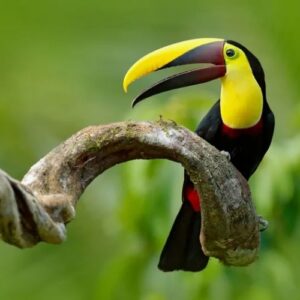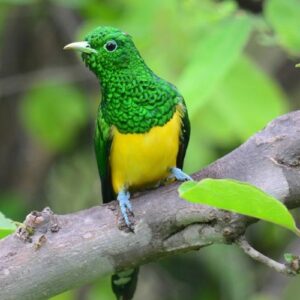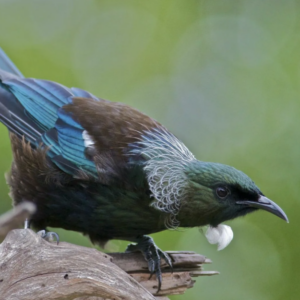Without a doubt, one of the most beautiful birds in the world brilliantly colored, tiny bird, is most active in dense woodlands.
Meet the Antillean Euphonia
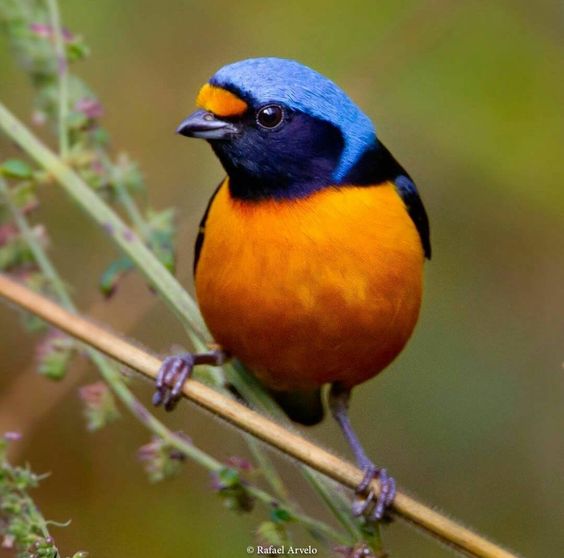
The Antillean euphonia (Chlorophonia musica) has contrasting upper parts with a black mantle and a glossy blue back, while the underparts, rump, and upper tail coverts are yellow. The tail, flight feathers, and general upper wing area are black. The forehead is yellow, while the lores, ear-coverts, sides of the head, chin, and throat are dark violet. His crown and nape are sky blue which extends right down to his throat. His bill is black, the legs and feet gray, the eyes brown.
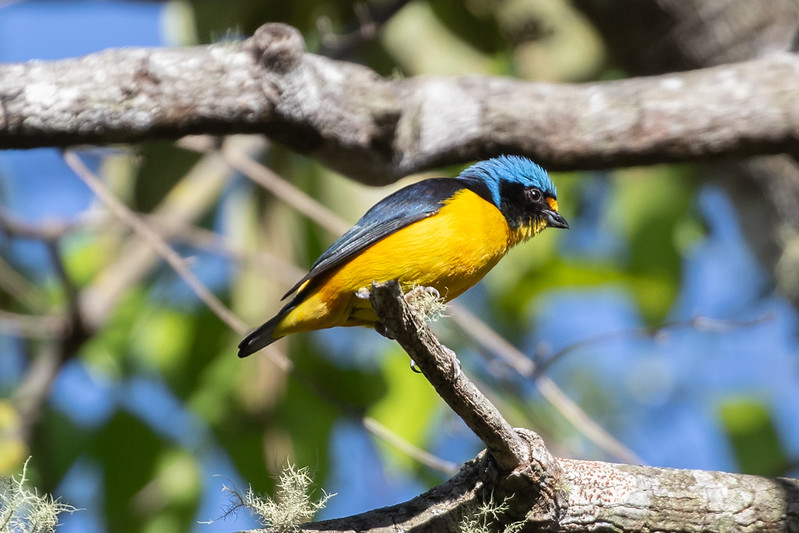 Photo Courtesy of Ryan Mandelbaum/CC BY 2.0
Photo Courtesy of Ryan Mandelbaum/CC BY 2.0
The females of all the groups of this species are generally lighter overall, with yellow-greenish bodies and wings, turquoise crown, and nape. While the forehead is topped off with a patch of gold.
Juveniles tend to resemble the female but are duller overall.
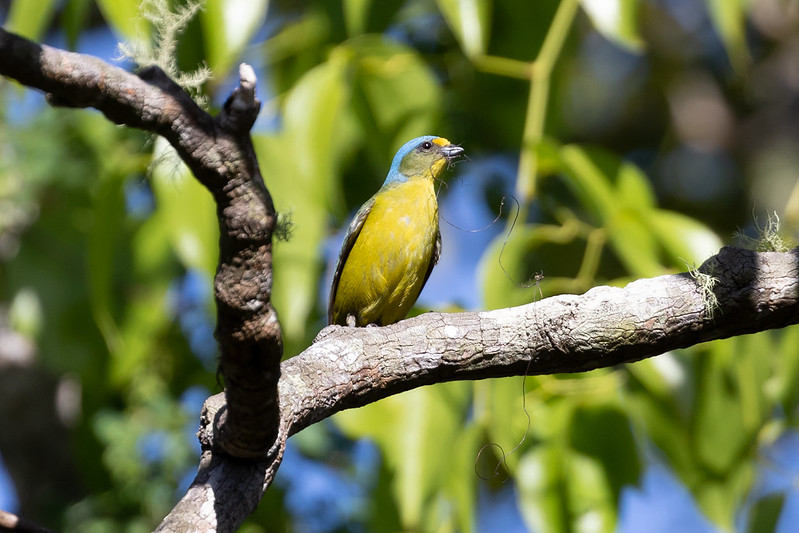
These birds are found in all the main islands of the Lesser Antilles, as well as Hispaniola (the Dominican Republic and Haiti) and Puerto Rico.

Antillean Euphonia prefers to live from lowlands to high mountains throughout their range and frequents dry to humid forests, and often seen along the edges and in disturbed areas with mistletoe.
They like to dine on small fruit, mainly those of the mistletoe. Foraging in small flocks flying from clump to clump either taking fruit on the wing or by perching.

The breeding season runs from January through to July when a domed shaped nest is built using moss and small rootlets, with an entrance on the side. This is well hidden amongst the vegetation usually in epiphytes. Line with dried grass and pieces of vegetation into which 3 to 4 white eggs are laid with red to brown markings. Incubation is undertaken by both parents with the female doing the bulk of the work. Young are fed by both parents, becoming fledged after 17 to 24 days.
The population is suspected to be stable, although some decline may occur depending on the range and the subspecies.
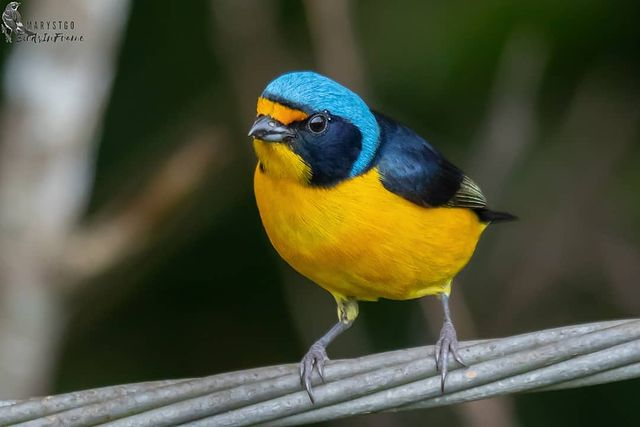
You can watch this bird feed right here on the video below:
https://youtube.com/watch?v=l4cZY–YtZI%3Ffeature%3Doembed
